Nationality American | Name Bill Miner | |
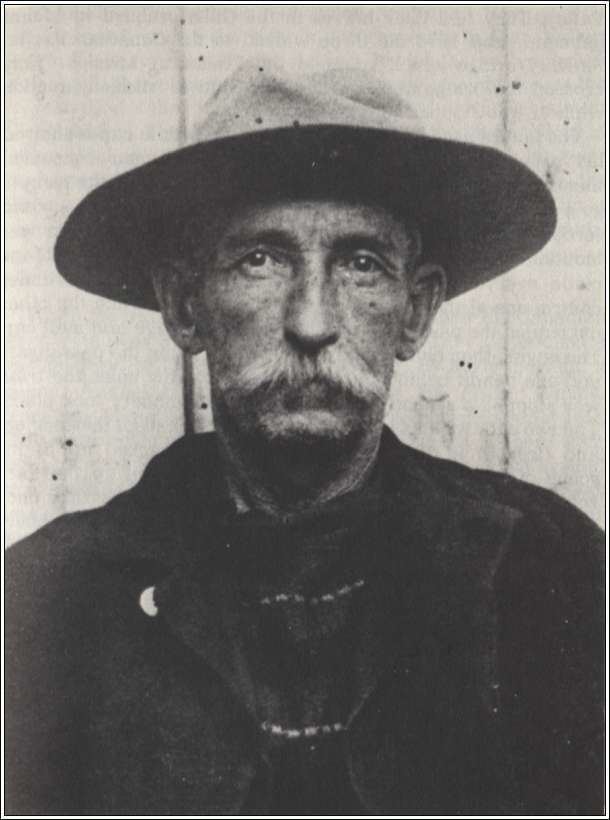 | ||
Born 1847 Bowling Green, Warren County, Georgia Other names Ezra Allen Miner, Grey Fox, Gentleman Robber, Gentleman Bandit Known for He was reputed to have been the originator of the phrase "Hands up!" Died September 2, 1913, Milledgeville, Georgia, United States | ||
The Canadians: Bill Miner
Ezra Allen Miner (c.1847 – September 2, 1913), more popularly known as Bill Miner, was a noted American criminal, originally from Bowling Green, Kentucky, who served several prison terms for stagecoach robbery. Known for his unusual politeness while committing robberies, he was widely nicknamed the Grey Fox, Gentleman Robber or the Gentleman Bandit. He is reputed to have been the originator of the phrase "Hands up!"
Contents
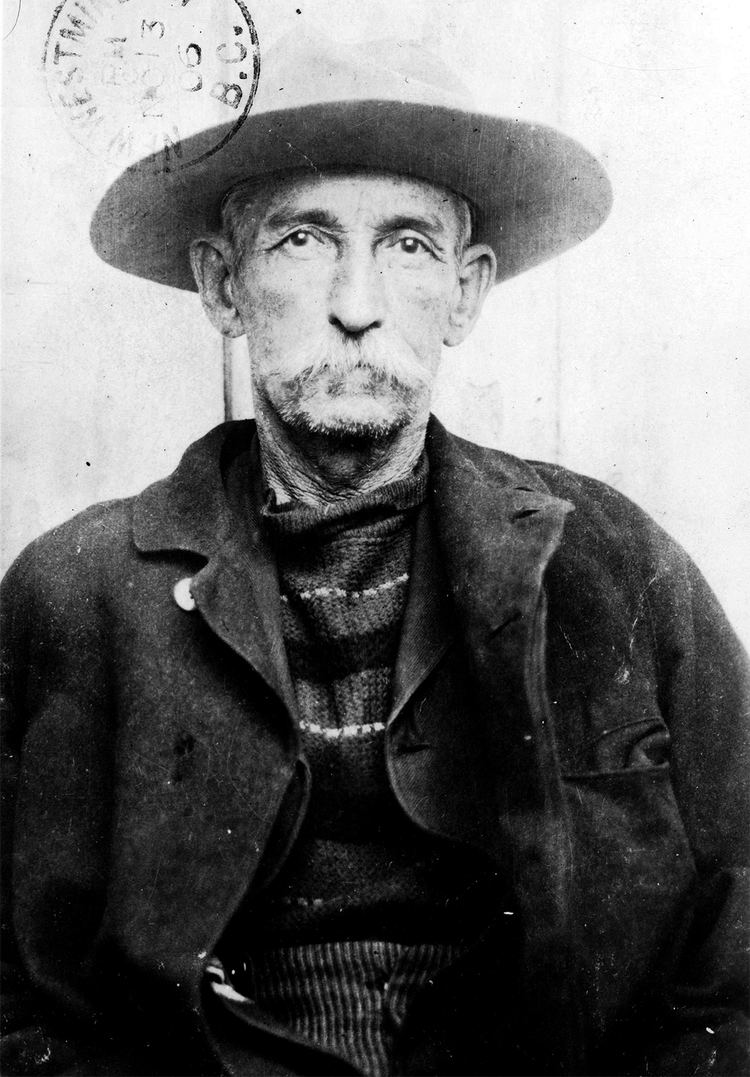
Canada vignettes bill miner
Life
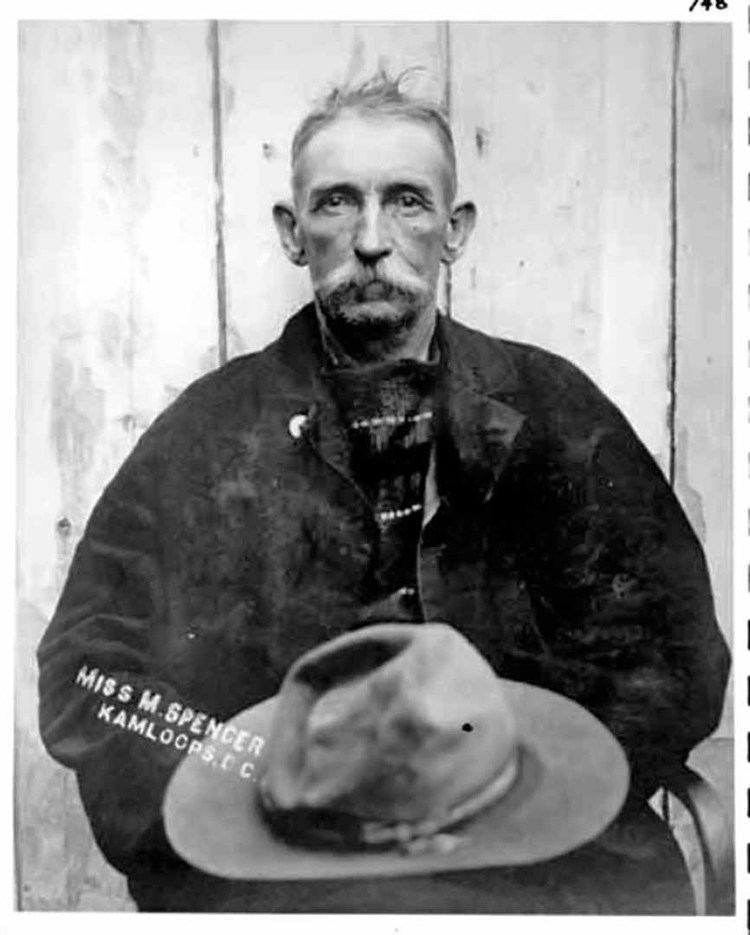
Miner was born Ezra Allen Miner in Vevay Township, near Onondaga, Ingham County, Michigan on December 27, 1846. All other names and origins are fictions he concocted. He never legally changed his first name (which he evidently didn't like), but regarded William Allen Miner as his true name throughout most of his life—not that he used it much once he became notorious. He was arrested for the first time in 1866 in San Joaquin County, California and served time there. He was shortly released but served more time at Placer County, California and later at Calaveras County, California. He was discharged in 1880. He then formed a partnership with Bill Leroy (as W. A. Morgan) to rob a stagecoach. Leroy was caught and lynched, but Miner escaped. He was later caught for another robbery in Tuolumne County, California and was released from San Quentin in 1901.
After his third prison term, Miner moved to the province of British Columbia in Canada, where he adopted the pseudonym George Edwards and is believed to have staged British Columbia's first-ever train robbery on September 10, 1904 at Silverdale about 35 km east of Vancouver, just west of Mission City. It is often claimed that Miner was the robber, but neither he nor his accomplices were ever tied conclusively to the Silverdale heist. It is also widely reported that Silverdale's train robbery was the first in Canada, but Peter Grauer's definitive study ("Interred With Their Bones", 2005) cites a train robbery in Port Credit, Ontario 30 years prior as the first.

Miner was eventually caught after an aborted payroll train robbery near Kamloops at Monte Creek (then known as "Ducks"). He and his two accomplices, Tom "Shorty" Dunn and Louis Colquhoun, were located near Douglas Lake, British Columbia after an extensive manhunt. When found, Miner apparently surrendered to the arresting officers with his customary courteousness, but Dunn attempted to fire at police and was shot in the foot. Miner's arrest and subsequent trial in Kamloops caused a media spectacle. Upon his conviction, he, Dunn and Colquhoun were transported by train to the provincial penitentiary in New Westminster. By that time, Miner's celebrity status had risen to the point that the tracks were reputedly lined with throngs of supporters, many of whom expressed satisfaction with the fact that someone had taken the very unpopular CPR to task.
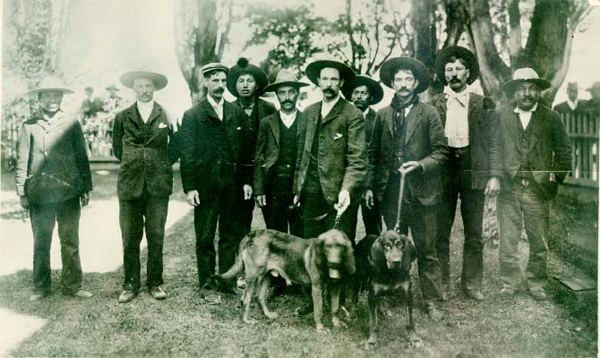
After serving time in the B.C. Penitentiary, Miner escaped in 1907 and was never recaptured in Canada. He moved back to the United States, becoming once again involved in robberies in the South at Gainesville in 1909. There, he served more prison time, and escaped twice.
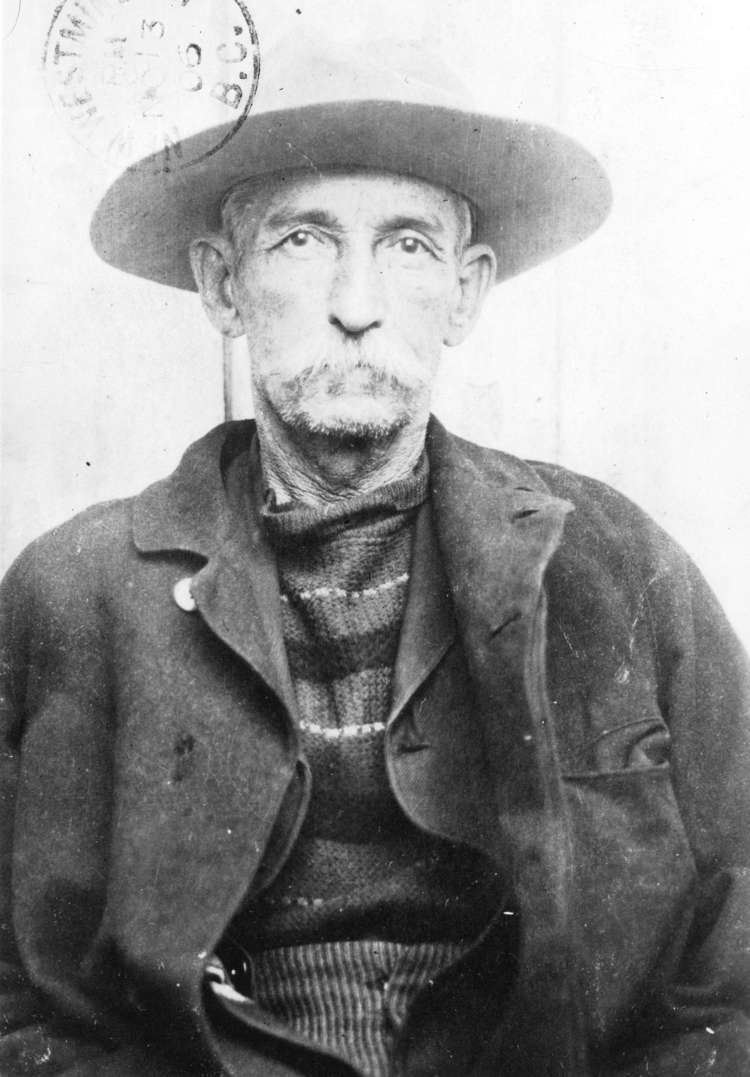
He died, proudly shackled, in the prison farm at Milledgeville, Georgia, of gastritis, contracted from drinking brackish water during his previous escape attempt.
Legacy
Miner's time in British Columbia propelled his celebrity there in many ways since. British Columbia restaurant chain, the Keg Steakhouse & Bar, have named drinks and their famous Billy Miner Pie after the train robber. Their early decor also showed many photos of Miner.
A mural depicting Miner's robbery near Monte Creek has been painted on the exterior south wall of Cactus Jacks Saloon & Dance Hall located in the building at the corner of 5th Avenue & Lansdowne Street in Kamloops, British Columbia.
Maple Ridge, British Columbia features the Billy Miner Pub which is located in historic Port Haney on the bank of the Fraser River. The pub is located in the original Bank Of Montreal building built in the early 1900s.
It has been speculated that Miner left a hidden cache of loot in the forests south of Silverdale after the first robbery and local historians believe he used these monies to fund his escape, while others surmise that today there is still hidden loot to be found there.
Miner was the subject of the 1982 Canadian film The Grey Fox, in which he was played by Richard Farnsworth.
Miner is buried in [[1]] in Milledgeville, Georgia. Miner escaped in death as well. It was discovered several years ago his headstone was in the wrong location, name spelled wrong, and with the wrong year of his death. A new headstone was put in the correct spot and spelled correctly. The old one was kept where it was [[2]].
Mount Miner near Princeton, formerly Bald Mountain or Baldy, was renamed in Bill Miner's honor in response to a motion by the Princeton Board of Trade in 1952. Miner had lived on the ranch owned by Jack Budd, which was on the other side of this mountain from Princeton, while planning the robbery at Duck's.
Tin Whistle Brewing Co. a microbrewery from Penticton B.C. launched a Red Ale titled "Hands Up!" as a commemoration to Miner.
His principal biography is The Grey Fox: The True Story of Bill Miner, Last of the Old Time Bandits, by Mark Dugan and John Boessenecker (Norman: University of Oklahoma Press, 1992).
